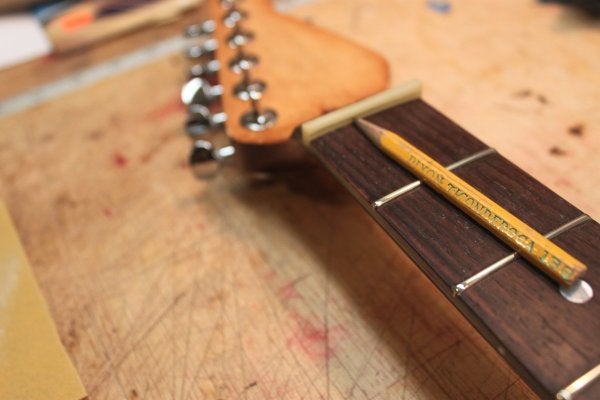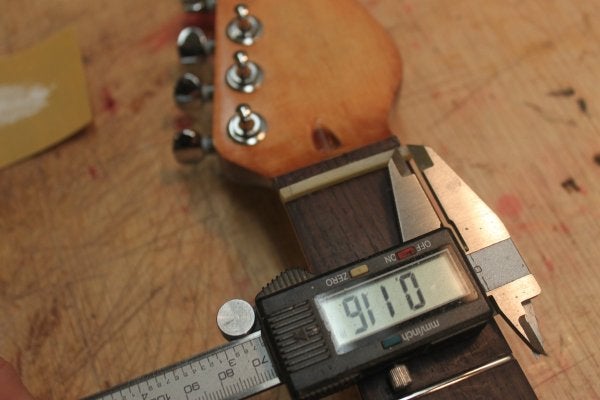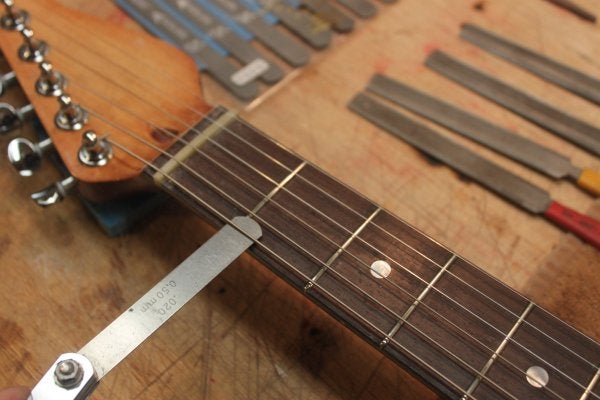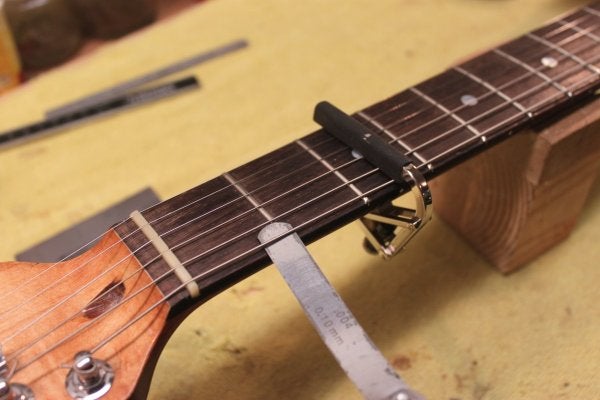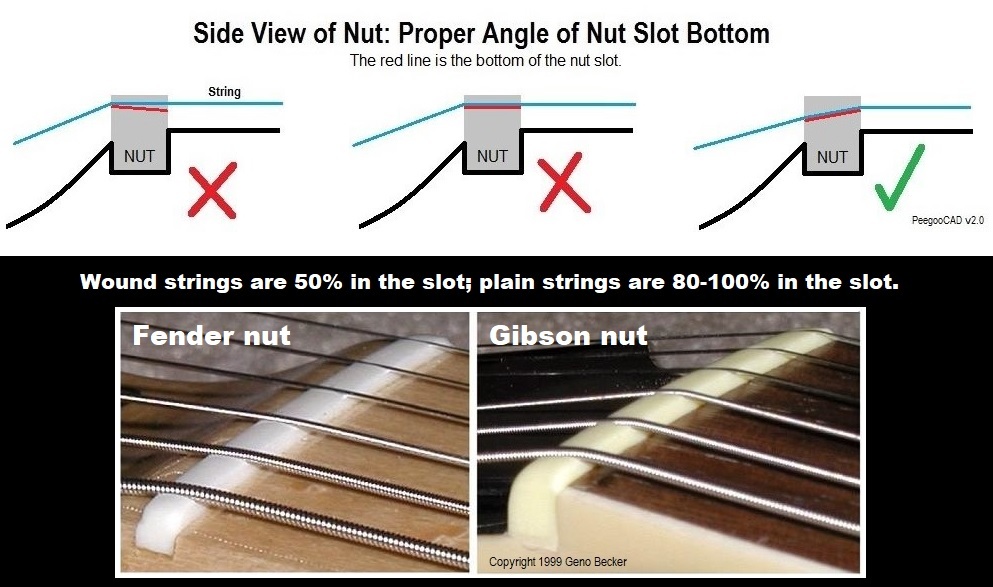tugboat1980
Tele-Holic
Does anyone have any tips on how to check string height when cutting a nut? My success rate is abysmal. I have one decently cut nut on my Warmoth Tele but I attribute that to dumb luck. I’m working on getting a decently cut nut for my homemade double cut Les Paul Special but so far all I’ve managed to do is give Stew Mac and FedEx a lot of money. And end up with kinda crappy playing guitar due to a crappy nut. I’ve watched videos on how to actually file a nut slot, and I have the right tools from stew Mac.
I think if I have some sort of way to gauge string height I will be better off. I’m pretty sure I’ve been filing the slots too deep as well as not setting the nut height itself properly. Too high, but slots too deep.
Are the stew Mac pre cut nuts any good? I’ve been ordering their pre cut nuts but this time I ordered a couple pre cut and a couple shaped but uncut blanks.
My initial thought is to maybe use monofilament fishing line to tie it tight and better simulate a tight guitar string to gauge height easily. Tie one end to a tuner, the other around the tailpiece.
I think if I have some sort of way to gauge string height I will be better off. I’m pretty sure I’ve been filing the slots too deep as well as not setting the nut height itself properly. Too high, but slots too deep.
Are the stew Mac pre cut nuts any good? I’ve been ordering their pre cut nuts but this time I ordered a couple pre cut and a couple shaped but uncut blanks.
My initial thought is to maybe use monofilament fishing line to tie it tight and better simulate a tight guitar string to gauge height easily. Tie one end to a tuner, the other around the tailpiece.

